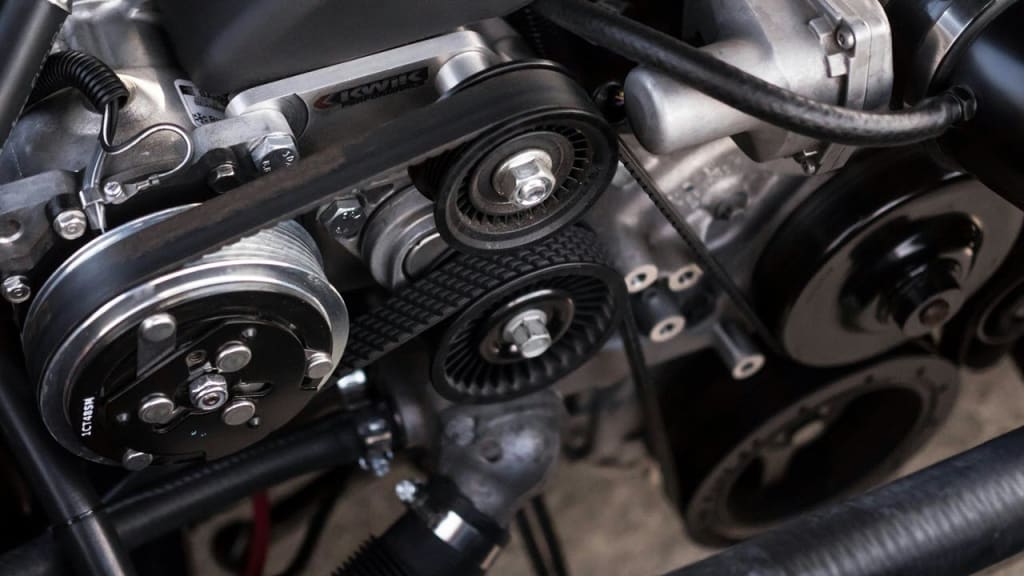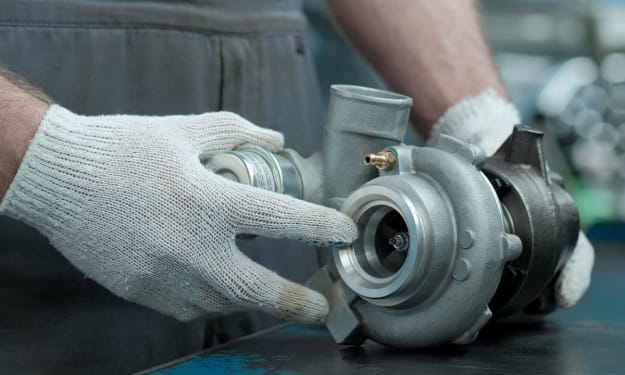Preventing Serpentine Belt Issues in Your BMW: Expert Advice and Service Recommendations
Serpentine Belt Issues in Your BMW

The serpentine belt is a crucial component in your BMW, responsible for powering essential accessories such as the alternator, power steering pump, water pump, and air conditioning compressor. Ensuring its optimal performance is vital for the smooth operation of your vehicle. Preventing serpentine belt issues involves understanding its function, recognizing early signs of wear, and following recommended maintenance practices. This article provides expert advice and service recommendations to help you maintain the health of your BMW’s serpentine belt.
Understanding the Serpentine Belt
The serpentine belt, also known as the drive belt, is a long, continuous belt that snakes around various pulleys in the engine bay. Unlike older vehicles that used multiple belts for different components, modern BMWs use a single serpentine belt to drive multiple accessories, enhancing efficiency and reducing the need for frequent adjustments. However, if the serpentine belt fails, it can lead to a sudden loss of power to these accessories, potentially causing significant engine damage.
Recognizing Early Signs of Wear
Identifying early signs of serpentine belt wear can prevent unexpected breakdowns and costly repairs. Here are some common symptoms to watch for:
Squealing or Chirping Noises: A high-pitched squeal or chirp from the engine bay often indicates a loose or worn serpentine belt. This noise is typically more noticeable when starting the engine or during acceleration.
Visible Cracks and Fraying: Regularly inspect the belt for visible signs of wear such as cracks, fraying, or glazing (shiny appearance). A damaged belt should be replaced immediately to avoid failure.
Loss of Power to Accessories: If you notice that power steering becomes heavy, the battery warning light illuminates, or the air conditioning stops working, it could indicate a problem with the serpentine belt or its associated components.
Belt Slippage: A slipping belt may cause intermittent loss of power to accessories and can be identified by unusual vibrations or flickering dashboard lights.
Maintenance Tips to Prevent Serpentine Belt Issues
Preventive maintenance is key to ensuring the longevity and reliability of your BMW’s serpentine belt. Here are some expert recommendations:
Regular Inspections: Conduct visual inspections of the serpentine belt every 10,000 miles or during routine oil changes. Look for signs of wear, such as cracks, fraying, or missing ribs.
Tension Check: Ensure the belt maintains proper tension. Over time, the belt can stretch, leading to slippage and inefficient power transfer. A belt tension gauge can be used to measure and adjust the tension if necessary.
Pulley and Tensioner Inspection: Along with the belt, inspect the pulleys and tensioner for wear and tear. A worn or misaligned pulley can cause the belt to wear prematurely. Replace any faulty components promptly.
Keep It Clean: Ensure the belt and surrounding components are free from oil and coolant leaks. Contaminants can degrade the belt material and reduce its lifespan. Clean the belt and pulleys if you notice any buildup of dirt or debris.
Timely Replacement: Follow the manufacturer’s recommended replacement interval for the serpentine belt, typically every 60,000 to 100,000 miles. Even if the belt appears to be in good condition, replacing it at the recommended interval can prevent unexpected failures.
Service Recommendations
Professional service plays a crucial role in maintaining the health of your BMW’s serpentine belt. Here are some service recommendations:
Certified Technicians: Always have your BMW serviced by certified technicians who are familiar with the specific requirements of BMW vehicles. They have the expertise to identify and address potential issues before they become serious problems.
OEM Parts: Use Original Equipment Manufacturer (OEM) parts for replacements. OEM belts and components are designed to meet BMW’s stringent quality standards, ensuring compatibility and reliability.
Comprehensive Checks: During routine service visits, request a comprehensive inspection of the serpentine belt and related components. This includes checking the belt tension, alignment, and condition of pulleys and tensioners.
Professional Diagnostic Tools: Certified BMW service centers use advanced diagnostic tools to detect issues that may not be visible during a visual inspection. These tools can identify misalignments, improper tension, and other potential problems that could lead to belt failure.
Conclusion
Preventing serpentine belt issues in your BMW requires a combination of regular maintenance, vigilant inspections, and professional service. By recognizing early signs of wear and following the expert advice and service recommendations outlined in this article, you can ensure the longevity and reliability of your serpentine belt. This not only enhances the performance of your BMW but also prevents unexpected breakdowns and costly repairs, allowing you to enjoy a smooth and worry-free driving experience.
About the Creator
Bay Diagnostic
For more than 25 years of unparalleled auto servicing, Bay Diagnostic has made itself a state-of-the-art auto service center that specializes in European vehicles, including BMW, Land Rover, Range Rover, Mercedes Benz, Volkswagen, Audi.






Comments
There are no comments for this story
Be the first to respond and start the conversation.